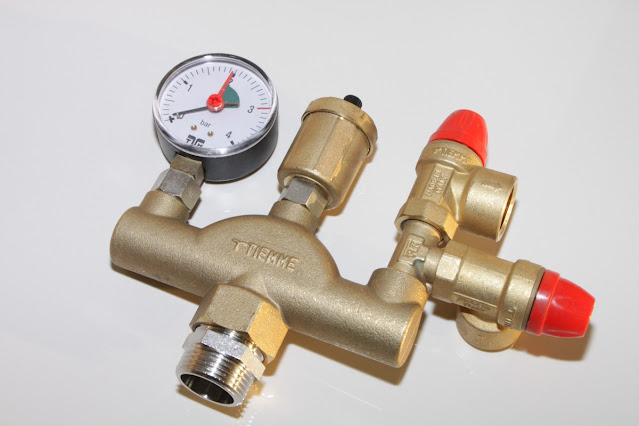Valve Maintenance
Sunday, September 23, 2018
Edit
The regular check of control valve products is very vital. At the right
time, the maintenance is also undoubtedly necessary to keep the right
performance of products. There are 3 basic maintenance approaches for the
control valves optimization.
The first technique is the reactive maintenance. Reactive maintenance
permits subtle deficiencies to go untreated and unnoticed, simply because
there is no perfect indication of an issue. Even critical valves might be
ignored until they leak wrongly or fail to stroke. In some cases, feedback
from production support maintenance react before serious issues develop,
but valves might be deleted unnecessarily on suspicion of malfunction. Big
valves or those welded in-line can need a daily or longer for removed,
inspection, disassembly, and re-installation. That is to say, resources and
time could be wasted without solving the issue if the symptoms are actually
caused some other system part.
The next approach is the predictive maintenance. Even for regular
maintenance procedures on a control valve, the maintenance person should
also have a full understanding of the operation and construction of the
valve. Without this knowledge, the tool could be destroyed, or maintenance
person could be wounded. You should pay focus to the sectional drawing of
equipment is offered to help in understanding the operation of the tool and
in identifying parts. Generally, in all big kinds of control valves, the
actuator offers force to position a movable valve plug, disk, or ball in
relation to a seating surface or stationary seat ring. The movable part
should feedback freely to changes in actuator force. Failure to take ample
precautions before maintaining a valve could cause equipment damage or
personal injury. KP-Lok tubing valves and fittings.
The third one is the preventive maintenance. It normally represents an
important improvement. Anyway, because maintenance schedules have been
capable of getting little detail on valves that are operating, many plants
just overhaul all control valves on a rotating schedule. Such programs
outcome in servicing some valves that need no adjustment or repair and
leaving others in the system long after they have prevented operating
efficiently.
Valve Maintenance Tips
Cleaning
One of the most vital things to bear in mind when in contact with valves is
that they require being cleaned. Valves are used for gas, oil, and water.
They are used in applications such as food processing and brewing.
There are a big range of cleaning products that you can to clean your
valves. You can wash them by running them via good old-fashion warm water.
This will destroy any dirt or bacteria.
Storing
If you have purchased some valves from us but do not intend to use them
for a period, then it is vital that you have a clean area where you can
save them.
It is remarkable to store them in a place that is saved from the dirt,
weather, etc. Additionally, it is top to store them with a protective
covering to support guard against dust and bacteria.
Leak inspecting
It is not forever the valve that is the issue so it may be necessary for
you to inspect the connectors, pipes, or other pieces of the
infrastructure. Anyway, if it is the valve, it is crucial to determine what
the issue is and fix it quickly.
